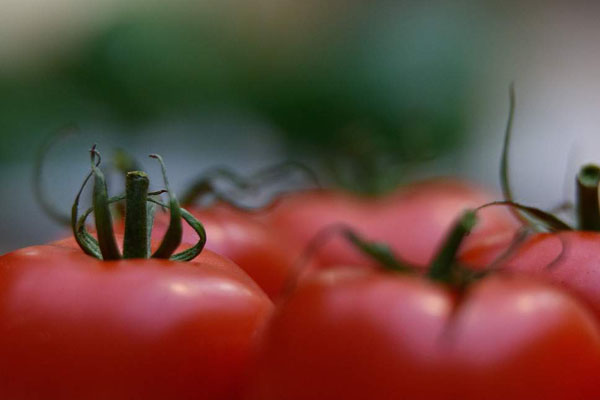Call us : +842839952995 | Email: Thinh.Nguyen@thehatfarm.com / sales@thehatfarm.com

Tomatoes considered so ugly that they are not fit for shop shelves could be turned into a major source of green energy, according to scientists.
Researchers working on a groundbreaking pilot project in the tomato-growing capital of Florida, believe the new “tomato battery” has so much potential that it could eventually generate enough energy from the state’s tomato waste to power Disney World’s 43 square mile complex of hotels, theme parks, golf courses and shopping centres for three months of the year.
Turning oddly-shaped, damaged or rotten fruit into electricity could also help tackle Florida’s tomato waste problem, with 396,000 tons dumped into landfills and waterways each year, causing significant problems for the environment.
The scientists are using bacteria to break down and oxidise “defective” tomato waste – a chemical reaction which releases electrons that can be captured in a fuel cell and be a source of electricity.
Tomatoes are particularly well suited to the job because they contain a bright red carotene pigment which the researchers have found to be an excellent catalyst for generating electrical charges.
“Spoiled and damaged tomatoes left over from harvest can be a particularly powerful source of energy,” said Namita Shrestha, a PhD student at the South Dakota School of Mines & Technology, who is working on the project.
Team leader Professor Venkataramana Gadhamshetty said: “We wanted to find a way to treat this waste that, when dumped in landfills, can produce methane – a powerful greenhouse gas – and when dumped in water bodies, can create major water treatment problems.”
He acknowledges that the amount of electricity they are generating from tomato waste is relatively small, but says with more research and development the energy output can be increased many times over.
He plans to improve the cell by determining which of its parts – electrode, bacteria or wiring – are slowing the flow of electricity and will seek to adapt or replace that part.
The findings from the pilot project were presented at the 251st National Meeting and Exposition of the American Chemical Society in San Diego this week. The team also includes researchers from Princeton University and Florida Gulf Coast University.
The tomato battery pilot is the latest in a series of renewable energy technology innovations as the world scrambles to limit global warming to 2˚C – and to 1.5˚C if possible.
Scientists say that to have any chance of doing that, the world needs to completely phase out fossil fuel power in the next few decades and to generate all electricity from low-carbon sources.